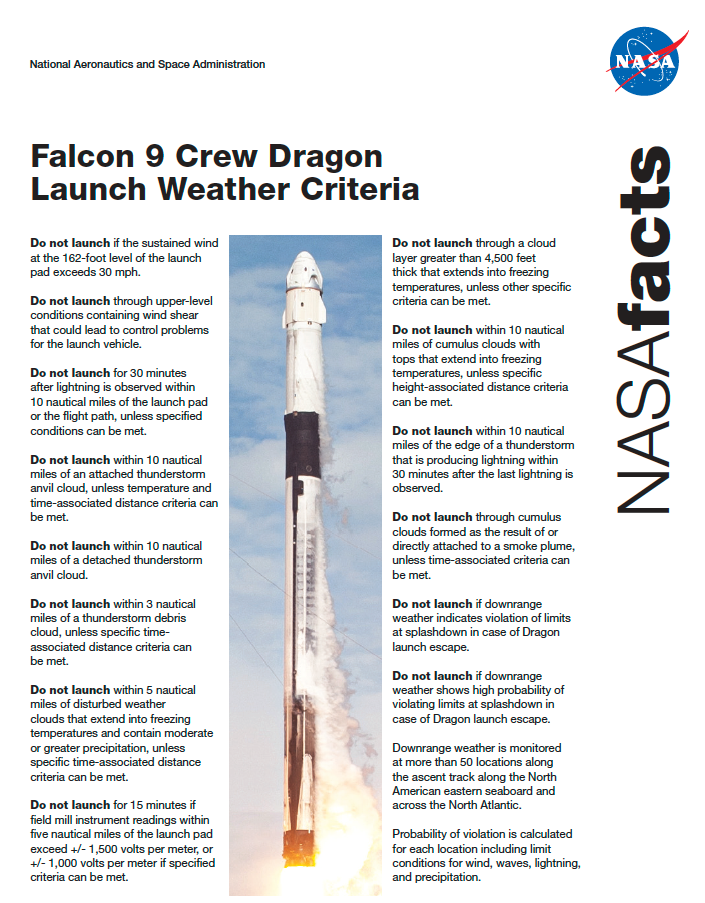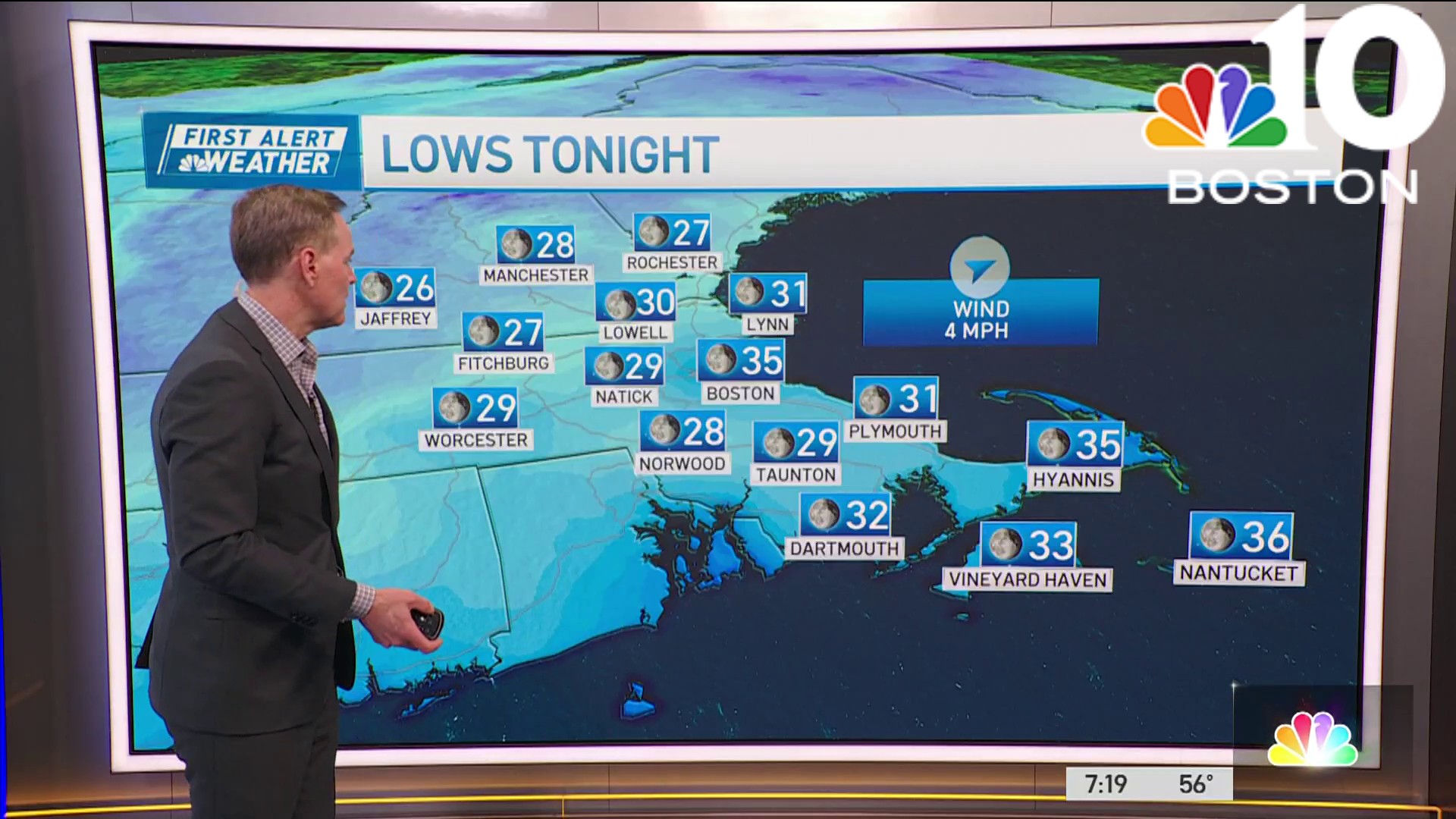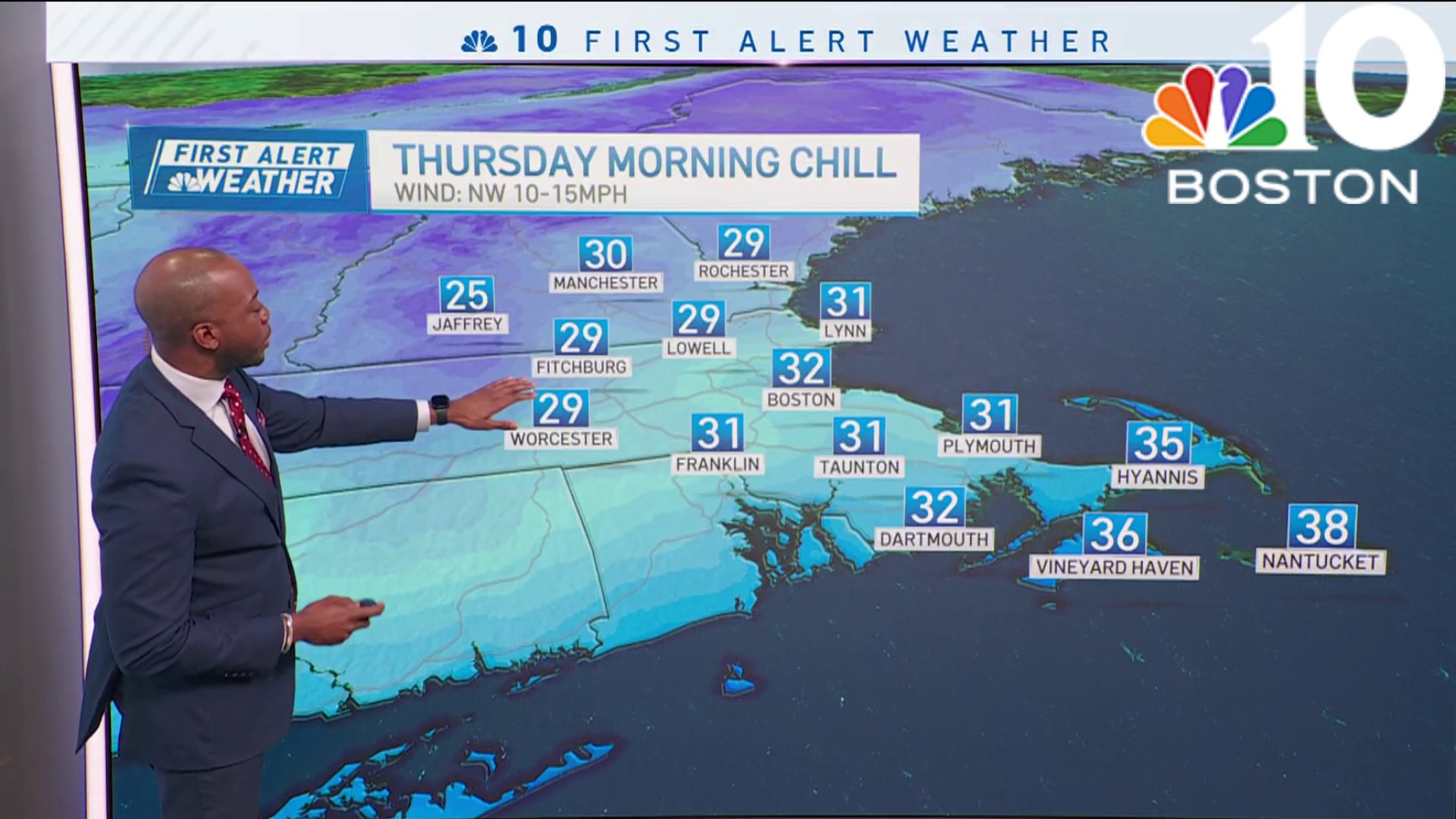Earlier today, people around the world tuned into a live stream of a Space X rocket launch attempt. The rocket is the largest ever built by Space X, and is called “Starship.” It will have the potential to deliver humans back to the moon, and even to Mars.
Much to the dismay of those tuned in to watch, the launch was scrubbed. It may seem as though launches are scrubbed more often than launched, and that may indeed be true. Many hard lessons have been learned over the past seven decades of space flight, and now caution is key. The Space X launch today was scrubbed because of a frozen pressure valve, but weather is usually the reason rocket launches are scrubbed.
Weather is a common cause of postponed rocket launches
Looking back to the biggest weather-related disaster in spaceflight in 1986, we see why attention to all weather details is important. The Space Shuttle Challenger sat on the launch pad in temperatures that were extremely cold for Florida. The actual air temperature was in the upper 20s, and that temperature was 20 degrees colder than the operational limit on the solid rocket boosters. The cold caused the failure of the “O-rings” in the boosters and jammed them.
Get Boston local news, weather forecasts, lifestyle and entertainment stories to your inbox. Sign up for NBC Boston’s newsletters.
There is another lesser-known weather event that added to the stress on the Challenger boosters: wind shear. Once aloft the Shuttle experienced the strongest wind shear of any shuttle flight, putting additional stress on the vehicle. Both factors in the disaster were weather-related, and both could have been mitigated by scrubbing until a later date.
Lightning is another danger to launching, and doesn’t need to be directly in the area to pose a threat. The rule for launch states that: Thunderstorm activity must be at least 18 kilometers away from the launch site to proceed. Apollo 12, and the Space Shuttle were both struck by lightning on the launch pad before launch. The result of such a strike can vary from no harm, to impacting the myriad of electronics onboard the vehicles. Either way following a strike, the vehicle must be thoroughly checked.
Human lives, thousands of hours of work, and billions of dollars go into successful launches of space vehicles, so it is always wise to be cautious and reschedule the launch if there is any chance of failure. Below is a graphic courtesy of NASA, that highlights the criteria to launch a Falcon 9 rocket.




